Sale of £4.2m farms marks end of an era on Orkney island
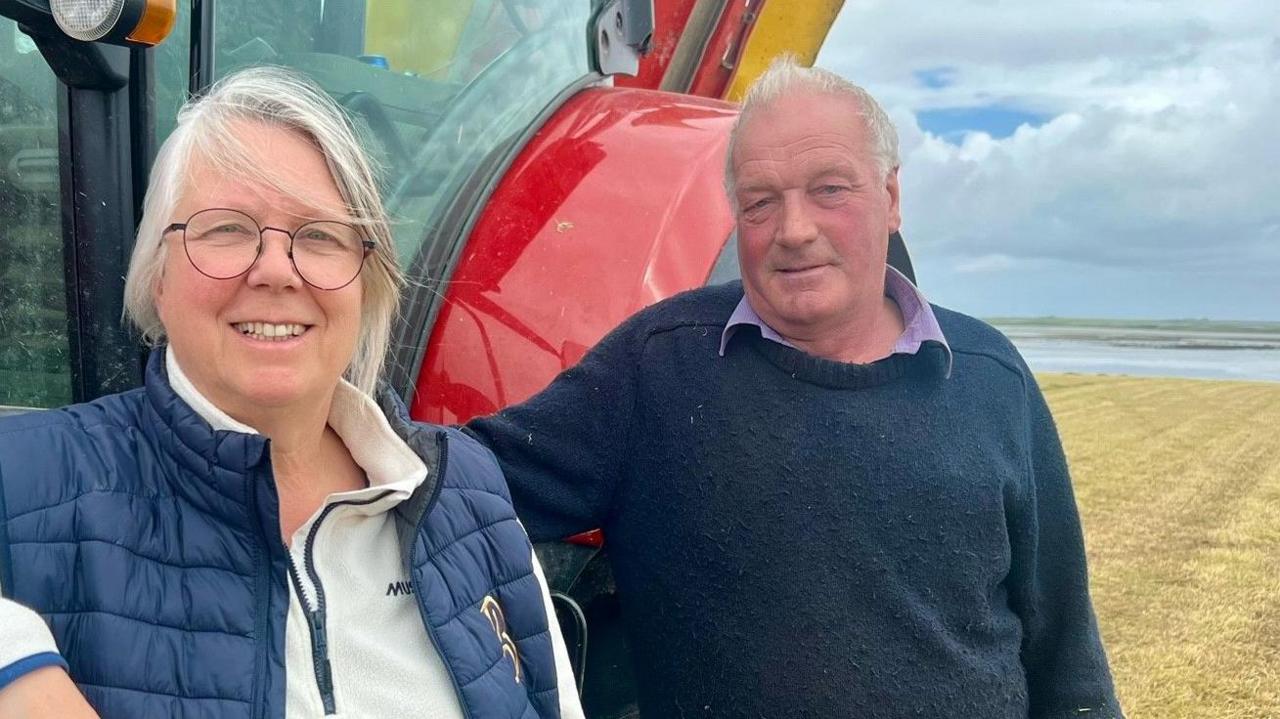
Malcolm and Jackie Sinclair have been at the heart of the community, farming cattle and sheep as well as running a haulage business and a community shop
- Published
How Farm in Sanday has been home to seven generations of the Sinclair family.
Over that time, life on the Orkney island has changed radically and Malcolm and Jackie Sinclair have decided it’s time their farming business at How and Backaskaill farms changes hands.
Both livestock farms are on the market, external, with a combined asking price of £4.2m.
“There used to be lots of little family farms, with 20 or 30 cows and some sheep. They all vanished a long time ago.” says 64-year-old Malcolm.
“When I left school at 16, we had five shops on Sanday, there were two garages to fix the machinery and tradesmen and builders based here on the island.
"Now, we still have two good shops but we are much more dependent on goods and services coming from the Orkney mainland, and beyond.”
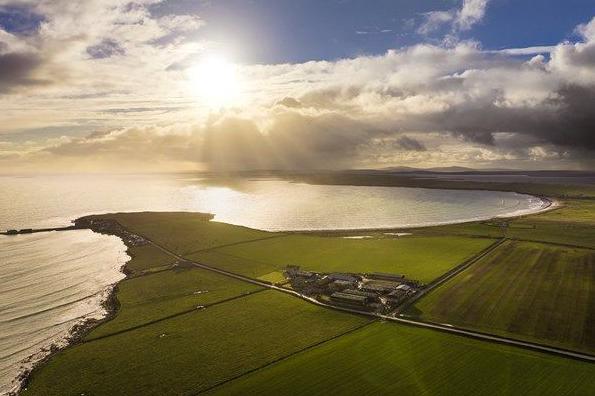
How Farm has been home to seven generations of the Sinclair family
Changes in farming practice across rural Scotland have seen small farms amalgamated into larger farming units which are more economically viable.
Most farm jobs have been mechanised.
In the past, neighbours would often share the harvest workload together.
Now one worker can complete more in a day than the combined effort of a whole community in the past.
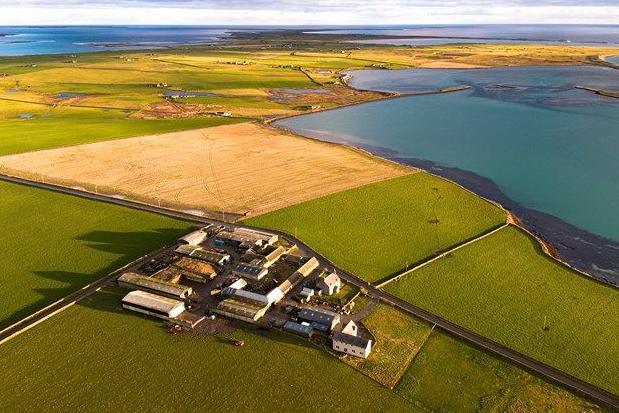
How Farm is on the market for £2.2m
In Sanday, Malcolm and his wife Jackie, 59, have been at the heart of the community, farming 400 cattle and 600 sheep and running a haulage business and a community shop.
It has been hard work, often involving 14-hour days. Their son Fraser, now 21, was the last baby born on the island. Neither of their boys now live there.
The Sinclairs have already sold the shop and haulage businesses, and now they are leaving farming and diversifying into tourism.
“You can’t go on forever,” Malcolm said. “Our boys don’t want the farms. We’ve cut back what we are doing and now there’s a grand chance for somebody to come in and take this on.
"You can buy a lot more acres here than you can in the south, and once they are here there are plenty of opportunities.”
How Farm is on the market at £2.2m. Next door, Backaskaill Farm is offered for £2m. Between them they cover more than 1,200 acres of the island, which is famed for its dramatic sweeping beaches and crystal blue seas.
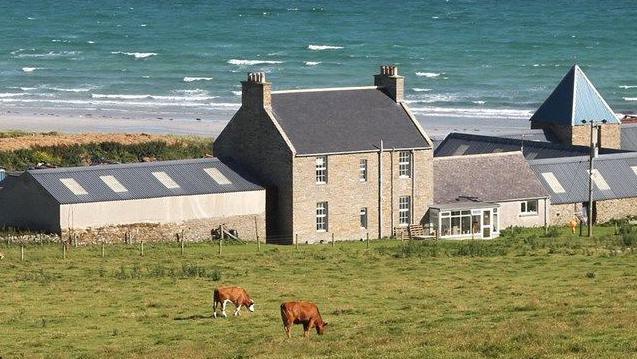
The couple are also selling Backaskaill Farm
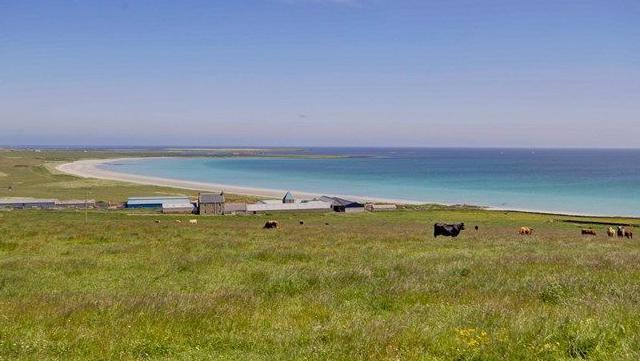
Backaskaill Farm is on the market for £2m
In recent years the decline in the island’s population has been halted, with many older people moving there attracted by the natural environment and relatively cheaper property prices than most places in the UK.
The latest census figures show Sanday’s population fell by 7% between 1981 and 2022.
That slowed to just 1% over the last census period. It has now stabilised, with 491 people calling the island home in 2022.
While the numbers look positive, the age profile of the community mirrors the trend in many other island communities.
There are too few young people and residents are getting older.
In Sanday, 42% of the population are over 60 years old. Only 14% are aged between 18 and 39.
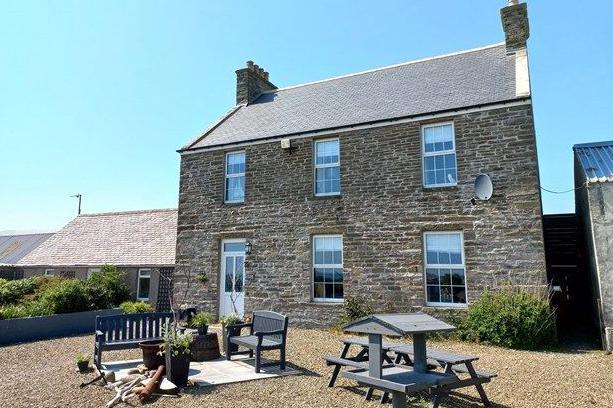
Backaskaill Farmhouse

How farmhouse
It’s a trend Prof Michael Anderson, emeritus professor of economic history at the University of Edinburgh, has found is mirrored elsewhere.
“The population of Orkney’s mainland island has been going up since 1981," he said.
"We all know many young islanders move away in their teens and early 20s.
"The thing that’s surprised me in the latest census results is that they start to move back around the age of 30. But they tend to move to the islands within easy commuting distance of jobs and services.
"That’s true in Orkney’s islands, and in Mull and Skye.”
Prof Anderson has found the more outlying islands such as Sanday, which is an 85-minute ferry trip from Kirkwall, Orkney’s capital, have to work harder to attract and retain a working-age population.
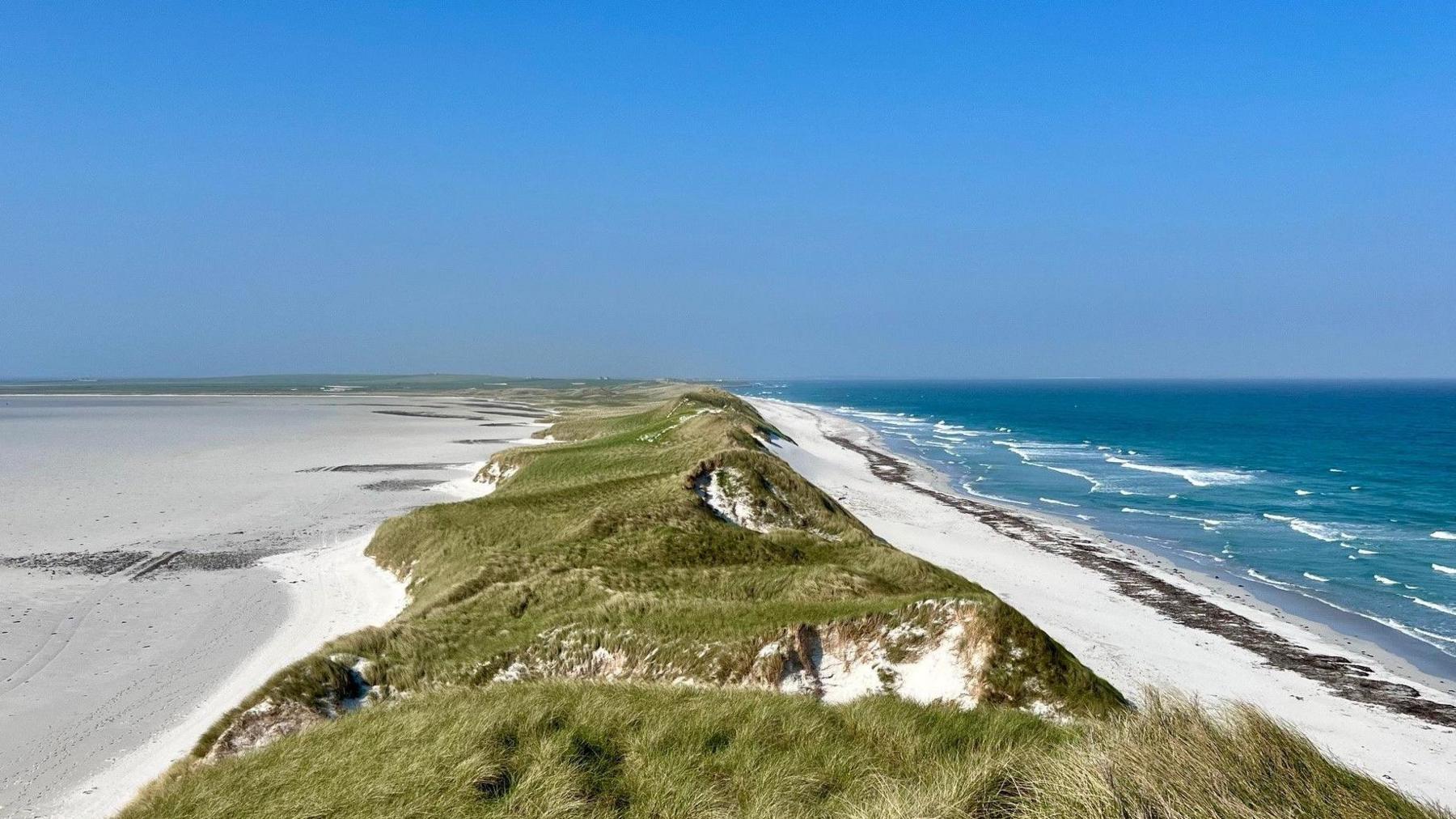
The island is famed for its dramatic sweeping beaches and crystal blue seas
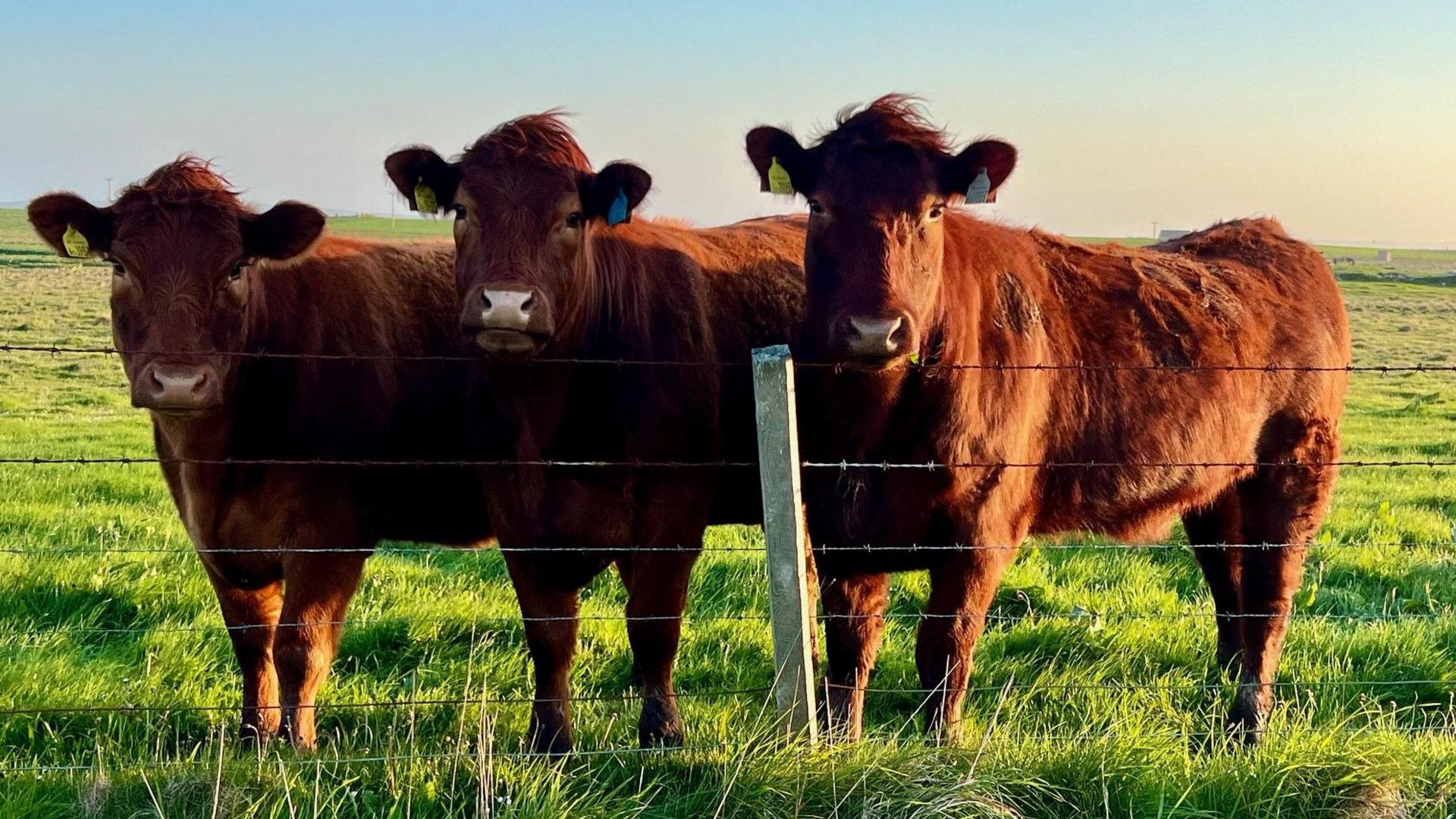
Farming in Sanday is mostly cattle and sheep
Sanday, with its own Junior High School educating pupils on the island up to the age of 16, is doing better than some other islands across Scotland.
At a recent “Islands Future” event held by the Royal Society of Edinburgh in Kirkwall, Prof Anderson warned that for some of Scotland’s more remote islands, the census results indicate their population decline may already be irreversible.
Malcolm’s wife Jackie moved to Sanday from Edinburgh to take up a temporary role at the Junior High School in the 1990s.
Thirty years later, she still sees a future in the island catering for the growing tourism sector.
“We started our self-catering business out of Covid, and it's still growing," she said.
"We’ve recently bought two more properties and we’re developing another as high-end retreats.
"Our long-term plan is to split our time between here in Sanday and down south, closer to where our boys live.
"We’ve no plans to move away from Sanday permanently. This will always be home.”